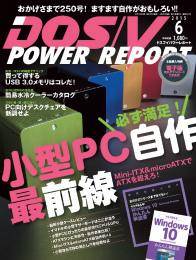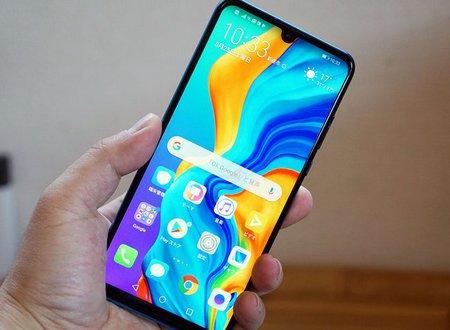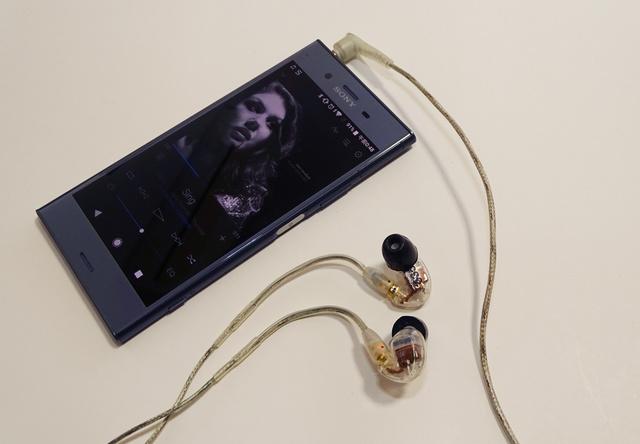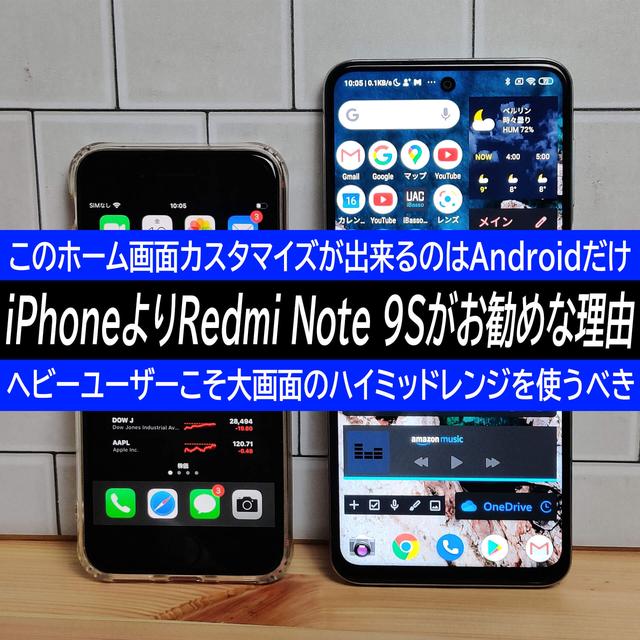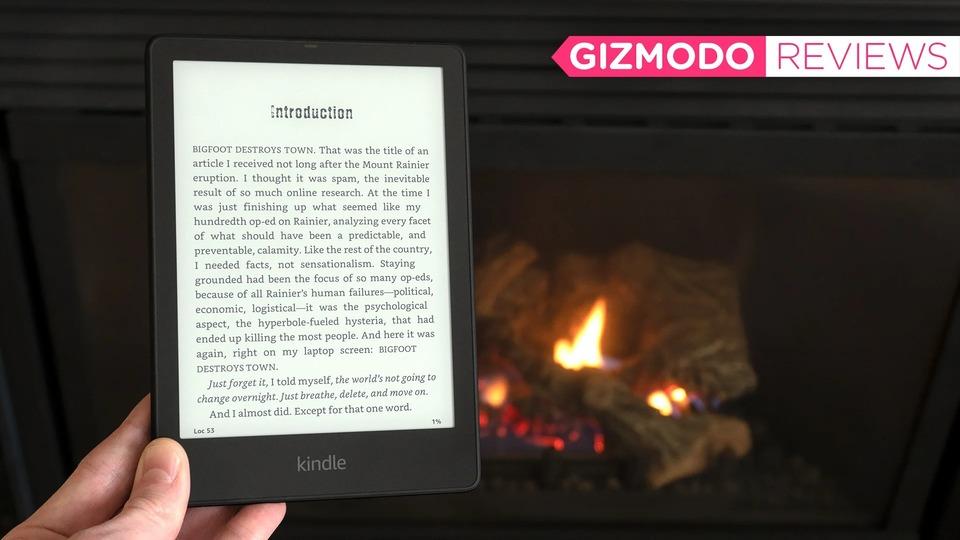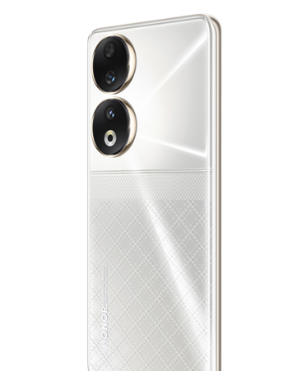May this change music?
Soon after the "WWDC 2021" keynote speech, a new feature was introduced to Apple Music.
That is the distribution of high -quality songs of "Loseless" and "High Resolo Slosless" and "Dolby Atmos Spatial Audio" songs.
After listening to each of them, we will introduce the differences in each format and the experience gained from it.
"Loseless" = CD sound quality
"Loseless" is simply a CD sound quality with a smaller capacity (16bit 44).Data that realized 1kHz).
The unusual reverse compression data format, such as the AAC adopted by MP3 and Apple Music, is characterized by reducing the frequency that humans can hardly hear, achieving sound quality as close as possible to CDs.However, it was still not the same sound quality as a CD.
In general, it is said that the difference between MP3, AAC and CD, is the difference in spatial expression by reverberation, reproducibility of high range such as cymbals, and vocal breathing (the same is true for high -resolution).
Then, I actually listened to the conventional AAC using AirPods Max and external speakers, but the difference was clear.After all, it is an impression that the overall air feeling and the outline of each instrument stand.
By the way, in the AirPods series that contains AirPods Pro and Max, it is not possible to "complete lossless playback" due to Bluetooth codecs, but comparing "Loseless" data that is not, even if it is played with AirPods Max, the sound quality is clearly clear. wrong.
→ In "Loseless", you can experience the same high -quality music experience as listening on a CD.
"High -resolesless" = High sound quality as musicians listen to in the studio
And "high -resolesless" is data that realizes sound quality (24bit 48kHz, 24bit 96kHz, 24bit 192kHz, etc.) with a smaller capacity.
The difference from "high -resolution", which is generally said, is that it contains a small capacity by compressing "lossless" (reverse compression = compression format that can fully reproduce the original data).
In many cases, the same quality is reproduced as the sound quality when actually producing music and recording, so you can enjoy music at the closest state of musicians and engineers.
However, there are some points to note in order to enjoy such "high -resoles".Basically, you can not listen to a device called "external DAC" unless you connect to the iPhone, iPad, or Mac.
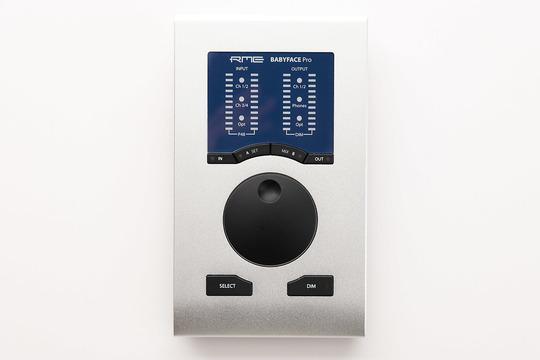
This time, I connected a DAC called "Fireface Pro" to the Mac and listened to the external monitor speaker Musikelectronic Geithain "RL906".
There is no dramatic difference as AAC to Loseless, but the sound is dense when compared to "Loseless", and it has the impression that "high sound quality that you can not usually hear" (from the CD generation).
However, as a personal likes and dislikes, I think that high -resolution has too much sound information (not ears) and the brain feels tired.
The recommendation is the style of "sitting right when you are here".
→ In "High Resolo Slosless", you can experience music experience with almost the same studio quality as musicians and engineers.
"Spatial audio" = VR -like audio experience
Finally, "Dolby Atmos's Spatial Audio" is data that enables a pseudo -surround in virtual space centered on listeners.
What this is realized is not a differentiation with sound quality such as "lossless" or "high -resoles", but the difference in experience.
For example, when you listen to music with headphones, you usually have a sound in your head or right next to your ears, while "spatial audio" gives you as if a sound is placed around you.。
This "spatial audio" playback does not require any special hardware, and you can enjoy the characteristics of the built -in Apple device, such as iPhone, iPad, and Mac, or AirPods Pro or AirPods Max.
This time, I played some songs and albums using AirPods Max, which will benefit the most spatial audio at this time.
As a result, the experience is more obvious at a glance than "Loseless" and "High Resolo Slosless".
To be honest, I can't feel the front and rear sensations and the height difference of the localization, and there is no sense of surround, but this may be because the existing songs are compatible with "spatial audio".In the future, if mixing and music production based on "spatial audio" will be performed, I think that this function will not shine, but will expand the new possibilities of music.
However, even in the case of the "spatial audio" compatible version of the existing song, it seems that there are some discoveries that could not be obtained from the previous sound source because the separation of each instrument is improved.
→ In "Spatial Audio", you can experience VR -like music like a musician around you.
The most likely thing is "spatial audio"
As mentioned above, we introduced "Loseless", "High Resolo Slosless" and "Spatial Audio", but as Eddie Cue said in an interview with the US Billboard, I think the favorite is definitely a "spatial audio".
Because the high -quality sound quality of "Loseless" and "High Resolo Slosless" does not produce a special new experience, most users, such as iPhone, MacBook Air, and AirPods, should hardly be able to see the difference.is.
On the other hand, "spatial audio" clearly expands the music experience as long as you use Apple devices.
The current "Spatial Audio" is a "gimmick" that just surrounds existing songs, but considering that Apple Music users around the world listen to music on this system, musicians and engineers.There is a good chance to change your consciousness.
In the 2000s DVD boom era, Bjoke 5 original albums.1ch surround, Techno DJ Ritchie Houtin is also 5.I have released a DJ mix in 1ch surround, but 5.The listeners to form a 1ch surround system were limited, so such works were not widespread.However, this time the number of users is literally different.
In fact, Apple seems to incorporate spatial audio -compatible tools into his DAW "Logic Pro", and the music itself may change from both professionals and amateurs.





